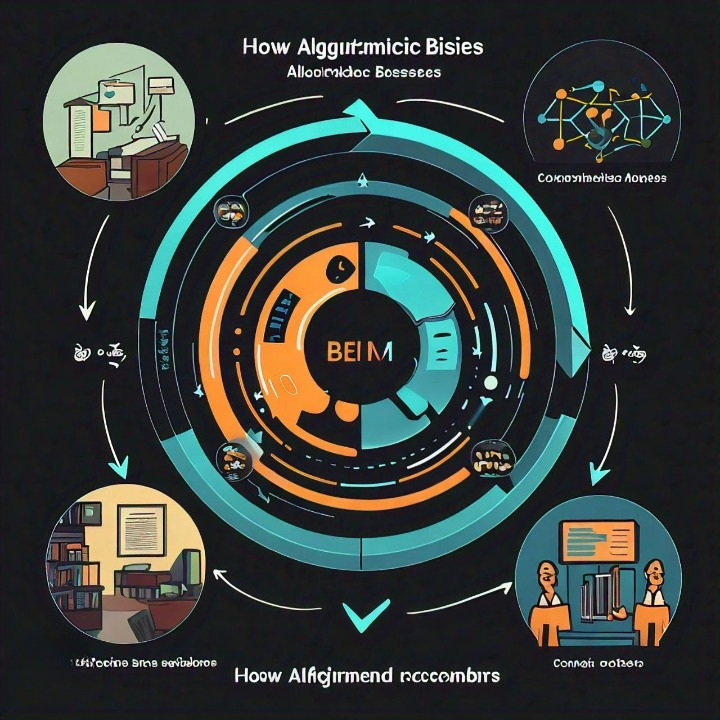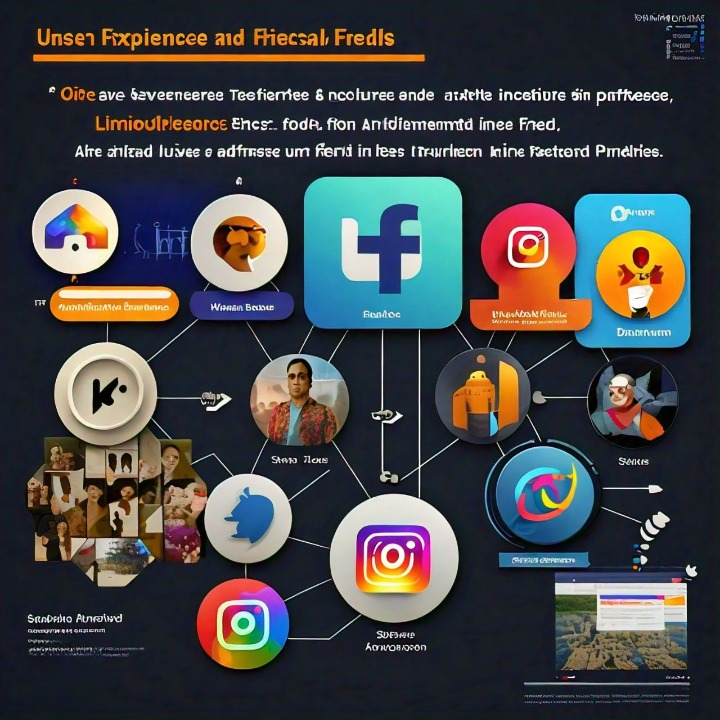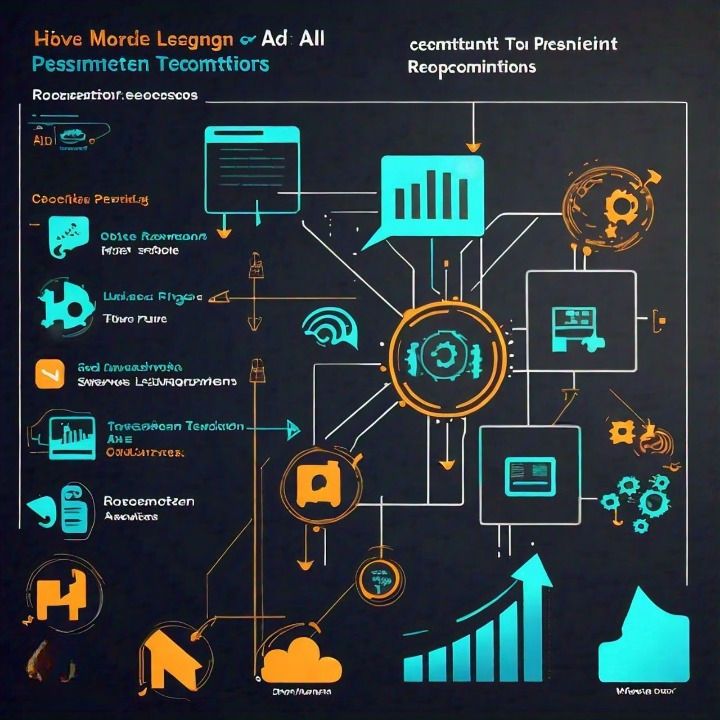Social media algorithms have undergone a dramatic transformation since the early days of platforms like Facebook, Twitter, and Instagram. From simple chronological feeds to complex, personalized recommendation engines, these algorithms shape what we see and how we interact online. In this blog, we’ll explore how social media algorithms have evolved over the years, their impact on content visibility, and why understanding these changes matters.

1. The Early Days: Chronological Feeds and Simple Sorting
When social media platforms first emerged, the primary method of content delivery was chronological sorting. Users saw posts from their connections in the order they were published. This straightforward approach made it easy to follow conversations and stay up-to-date with friends and family.
Why It Worked:
- Simplicity: Users could see everything in the order it was posted.
- Transparency: There was little confusion about why a particular post appeared at a specific time.
However, as social media grew and the volume of content exploded, chronological feeds became less practical. Users were overwhelmed with information, and platforms needed to find a way to ensure that users saw the most relevant content.

2. The Shift to Algorithmic Feeds: Prioritizing Relevance
To address the challenges of content overload, social media platforms began implementing algorithmic feeds. These algorithms prioritize posts based on factors like engagement (likes, comments, shares), recency, and user behavior. The shift aimed to enhance the relevance of content displayed to each user.
Key Developments:
- Engagement Metrics: Algorithms started using engagement metrics to rank posts. Content with higher engagement was deemed more relevant.
- User Behavior: Algorithms analyzed user behavior, including the types of posts they interacted with and the accounts they followed, to tailor their feeds.
Impact:
- Personalization: Users received more personalized content based on their interests and interactions.
- Increased Engagement: Content that resonated with users was more likely to be seen and engaged with, boosting overall platform activity.

3. The Era of Advanced Machine Learning: Hyper-Personalization
As technology advanced, so did social media algorithms. Machine learning and artificial intelligence (AI) introduced hyper-personalization, where algorithms could predict and cater to individual preferences with remarkable accuracy.
Innovations:
- Predictive Analytics: Algorithms began predicting what users would like based on their past behavior, even before they interacted with new content.
- Content Discovery: Platforms started suggesting content from accounts users didn’t follow, broadening their exposure to new interests and communities.
Impact:
- Enhanced User Experience: Users experienced a feed tailored specifically to their preferences, increasing their time spent on the platform.
- Algorithmic Bias: While personalization improved user experience, it also led to concerns about algorithmic bias and echo chambers, where users were only exposed to content that reinforced their existing views.

4. Recent Trends: Algorithmic Transparency and Control
In response to criticism regarding algorithmic opacity and its effects on user behavior, social media platforms have begun to focus on transparency and user control.
Recent Changes:
- Transparency Initiatives: Platforms like Facebook and Instagram have introduced features that provide users with insights into why they’re seeing certain content and how their data is used.
- User Control: New options allow users to customize their feeds and adjust how algorithms influence their content.
Impact:
- User Empowerment: These changes aim to give users more control over their social media experience and address concerns about manipulation and misinformation.
- Platform Accountability: By increasing transparency, platforms are held accountable for the way their algorithms operate and influence content visibility.

5. Why Understanding Algorithm Changes Matters
Understanding the evolution of social media algorithms is crucial for several reasons:
- Content Strategy: For content creators and marketers, knowing how algorithms work helps in crafting strategies to increase visibility and engagement.
- User Awareness: Being aware of how algorithms influence what we see can help users make more informed choices about their social media consumption.
- Privacy Concerns: Awareness of algorithmic practices can drive discussions about data privacy and the ethical use of personal information.

Conclusion
Social media algorithms have come a long way from their chronological origins. Their evolution reflects the growing complexity of user interactions and the need for personalized content delivery. While advancements in algorithmic technology have enhanced user experience and engagement, they have also introduced new challenges related to privacy, bias, and transparency.

As social media continues to evolve, staying informed about these changes will help users and creators navigate the digital landscape more effectively. Whether you’re looking to optimize your content strategy or simply understand how your feed is curated, keeping up with algorithmic trends is key to making the most of your social media experience.

